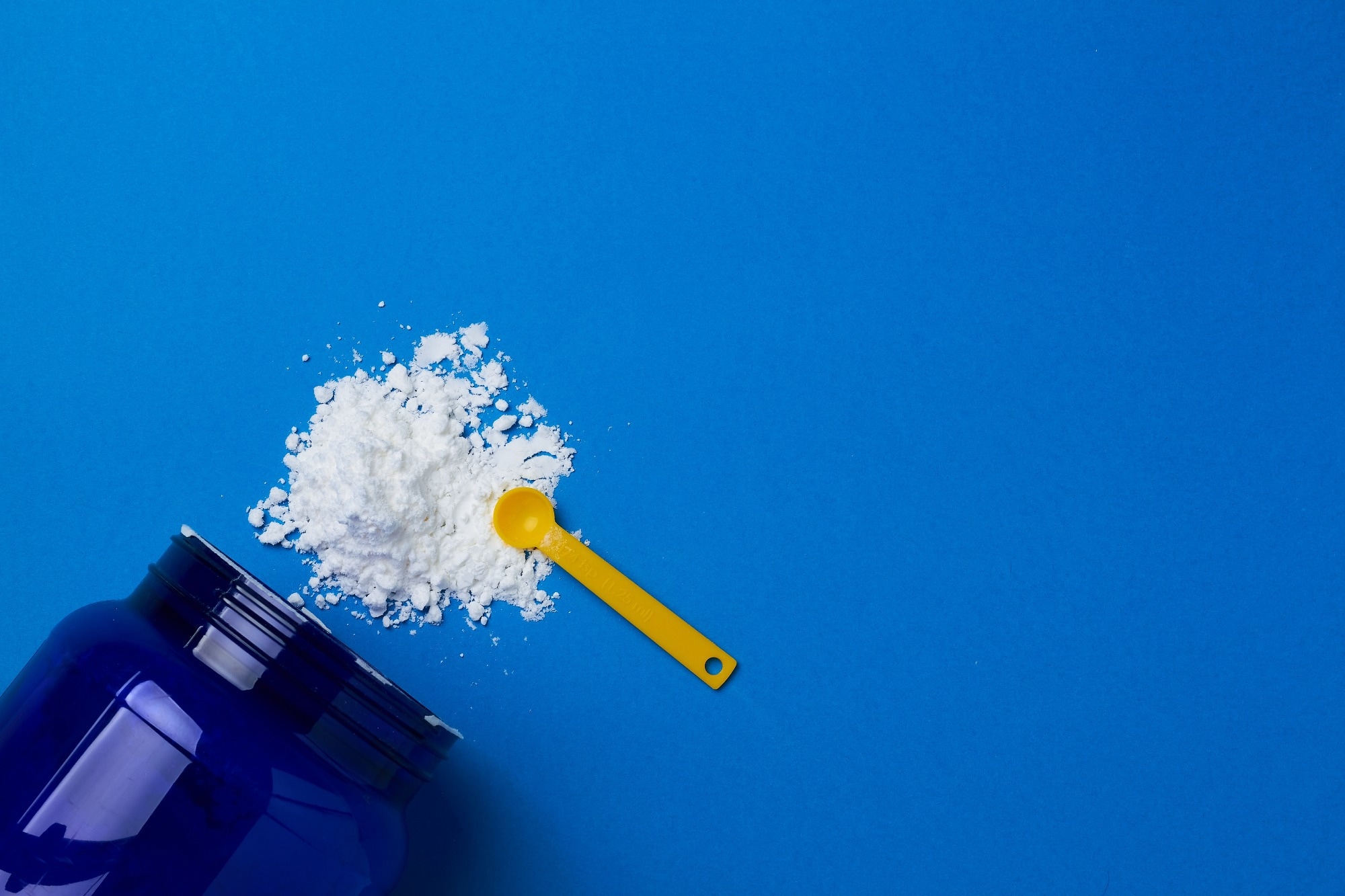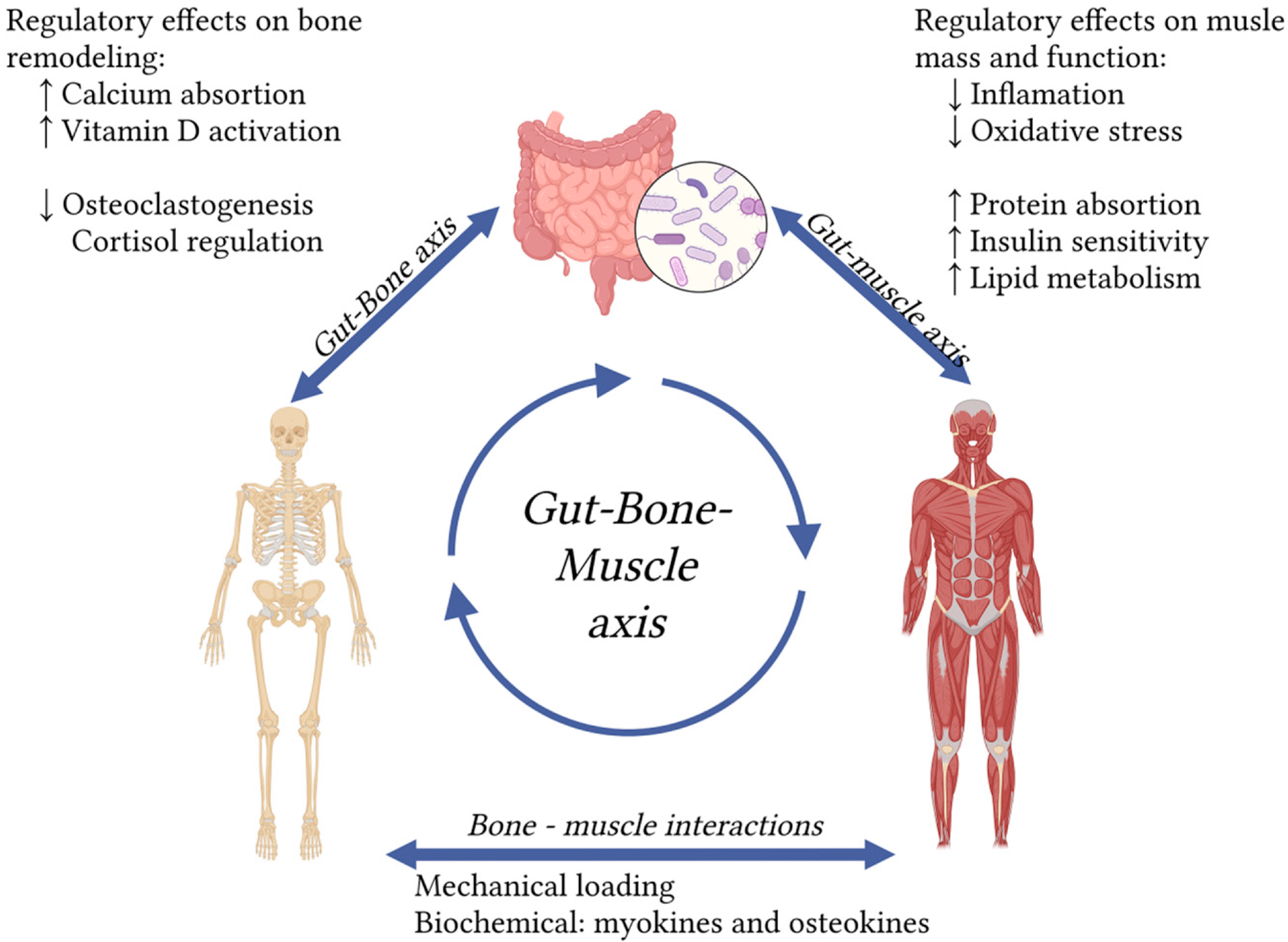As the aging population grows, could your supplement routine help combat muscle and bone decline? This new review highlights which emerging options hold real promise, and where science still needs to catch up.
 Review: Beyond Calcium and Vitamin D: Exploring Creatine, β-Hydroxy-β-methylbutyrate, Prebiotics and Probiotics in Osteosarcopenia. Image Credit: Evgeniy Lee / Shutterstock
Review: Beyond Calcium and Vitamin D: Exploring Creatine, β-Hydroxy-β-methylbutyrate, Prebiotics and Probiotics in Osteosarcopenia. Image Credit: Evgeniy Lee / Shutterstock
In a recent review article published in the journal Nutrients, researchers investigated the effectiveness of emerging nutritional supplements, including prebiotics, probiotics, and creatine, in improving muscle and bone health in older individuals with osteosarcopenia.
They concluded that novel supplements have the potential to play a significant role in nutritional interventions aimed at improving bone and muscle composition and enhancing physical function in older adults. However, further research is needed to determine their efficacy and identify which populations benefit most. The review also highlights that agents affecting bile acid metabolism are an emerging area of interest within the gut–bone–muscle axis.
Growing burden of osteosarcopenia
Osteosarcopenia is a growing health concern among older adults, defined by the combined presence of osteoporosis (weakened bone structure and low bone density) and sarcopenia (muscle loss with age).
As the global elderly population is expected to reach 1.5 billion by 2050, the prevalence of osteosarcopenia is likely to increase, making it an urgent public health issue.
Osteoporosis increases the risk of fractures, particularly in older adults who are also more prone to falls. Sarcopenia contributes to loss of muscle strength and physical function, and there is currently no approved medication to treat it.
When these two conditions occur together, they amplify each other’s adverse effects, increasing the risks of death, falls, and disability.
The biological mechanisms behind osteosarcopenia are complex. Shared risk factors such as impaired protein metabolism, hormonal changes, oxidative stress, and chronic inflammation contribute to the deterioration of both bone and muscle.
Evidence suggests that bone and muscle communicate through biochemical signals, such as myokines (from muscle) and osteokines (from bone), and through mechanical interactions. Therefore, interventions targeting one tissue may also benefit the other.
Standard management typically includes physical activity and sufficient intake of calcium, vitamin D, and protein. However, emerging research suggests that novel supplements, such as hydroxymethylbutyrate (HMB), creatine, probiotics, prebiotics, and compounds that influence bile acid metabolism, may offer additional benefits.
These may include lowering inflammation, reducing fall risk, and enhancing muscle mass and strength.
 The gut–bone–muscle axis highlights the impact of gut microbiota on osteosarcopenia. Arrows indicate interactions. ↑ indicates an increase; ↓ indicates a decrease. (created in https://BioRender.com).
The gut–bone–muscle axis highlights the impact of gut microbiota on osteosarcopenia. Arrows indicate interactions. ↑ indicates an increase; ↓ indicates a decrease. (created in https://BioRender.com).
Creatine and Osteosarcopenia
Creatine is a compound vital for energy production, especially in muscles and the brain. While the body produces some creatine, dietary sources, mainly fish and meat, are essential. Older adults often consume less creatine, making supplementation a potentially beneficial option.
Research indicates that creatine, particularly when combined with resistance training, enhances muscle mass, strength, and function in older individuals, thereby reducing fall risk and improving mobility.
Creatine also supports bone health by enhancing osteoblast activity and reducing bone breakdown; however, recent studies suggest no significant increase in bone mineral density in older adults. It may instead influence bone geometry and strength indirectly through muscle gain.
Combining creatine with protein, branched-chain amino acids (BCAAs), or vitamin D has been shown to provide additional benefits for muscle health in some studies. However, there is currently no research on the synergy between creatine and prebiotics, probiotics, or HMB in older adults. The review specifically notes that studies of combined supplementation (such as creatine plus HMB or creatine plus probiotics) have not been conducted in older populations.
HMB’s role in age-related muscle and bone loss
HMB, a metabolite of the amino acid leucine, has gained interest for its potential to support muscle health in older adults. It enhances muscle protein synthesis and reduces breakdown, potentially helping to preserve muscle mass during periods of inactivity or illness.
Supplementation up to three grams a day is considered safe, but research findings are mixed. Some studies have shown that HMB improves hand grip strength and muscle quality, particularly with prolonged use of more than 12 weeks. However, the effects on skeletal muscle mass and physical performance remain inconsistent, and most trials demonstrate only small or non-significant effects on muscle mass.
Most evidence is not available for community-dwelling older adults; few studies have been conducted, and the effects are modest, with statistical significance primarily observed for hand grip strength, rather than mass or performance.
Evidence for HMB’s role in bone health is limited to animal studies, with no randomized controlled trials in humans. HMB may work synergistically with other supplements, such as vitamin D, creatine, protein, and probiotics, to enhance muscle growth and development outcomes. However, results vary by population and supplement combinations. The review also notes the need for further research on the combined effects of HMB with other agents in older adults.
Prebiotics and probiotics target the gut-muscle-bone axis
Prebiotics (non-digestible fibers) and probiotics (live beneficial microbes) may influence muscle and bone health by modulating the gut microbiota. Together, as synbiotics, they enhance microbial balance and promote anti-inflammatory effects.
Aging-related changes in gut microbiota are associated with sarcopenia and osteoporosis through mechanisms that involve nutrient absorption, insulin sensitivity, inflammation, and immune regulation.
The gut–muscle axis suggests that microbiota influence muscle strength and metabolism, while the gut–bone axis shows impacts on bone density through immune modulation, hormone production, and gut barrier function.
Probiotics, such as Lactobacillus and Bifidobacterium, may improve muscle function and mass; however, well-designed clinical trials in older adults are limited. The review specifies that only one study in mildly frail adults over 70 years showed improvement with L. plantarum; most evidence for probiotic effects in older people is based on animal models or mixed-age populations. Similarly, certain prebiotics have been shown to enhance bone health in animal models. Human data for older adults are scarce and strain-specific. Gut-derived metabolites also affect bone remodeling. Though mostly safe, probiotics may rarely cause infections in vulnerable individuals, including bacteremia or liver abscess. The summary could better contextualize the complexity of gut-derived metabolites, bile acids, and their roles within the gut–bone–muscle axis, as discussed in the review.
Conclusions
This review highlighted emerging nutritional supplements as promising strategies for managing osteosarcopenia in older adults.
These supplements are generally safe and well-tolerated, with creatine showing the strongest evidence for improving muscle and indirectly supporting bone health, especially when combined with exercise and other nutrients, such as protein and vitamin D.
HMB may enhance muscle strength, though results are inconsistent. Probiotics and prebiotics offer potential through modulation of the gut microbiota, but their effects vary by individual and bacterial strain.
Overall, these interventions show promise, but further research is needed to optimize their use and identify target populations.
Journal reference:
- Beyond Calcium and Vitamin D: Exploring Creatine, β-Hydroxy-β-methylbutyrate, Prebiotics and Probiotics in Osteosarcopenia. Moreira-Velasco, J.E., Contrerars-Alvardo, M.F., Rammal, H., Rivas, D., Duque, G. Nutrients (2025). DOI: 10.3390/nu17142332 https://www.mdpi.com/2072-6643/17/14/2332